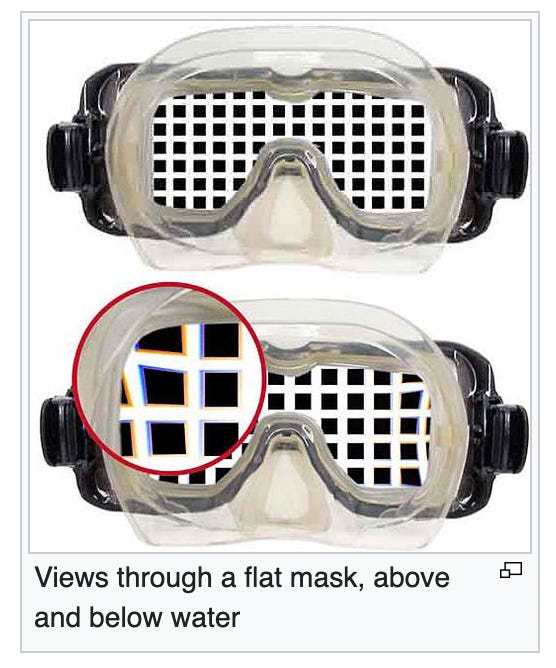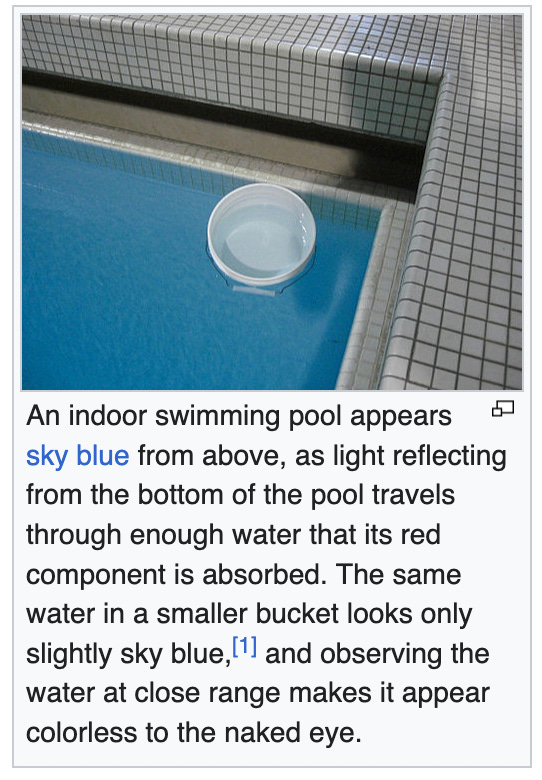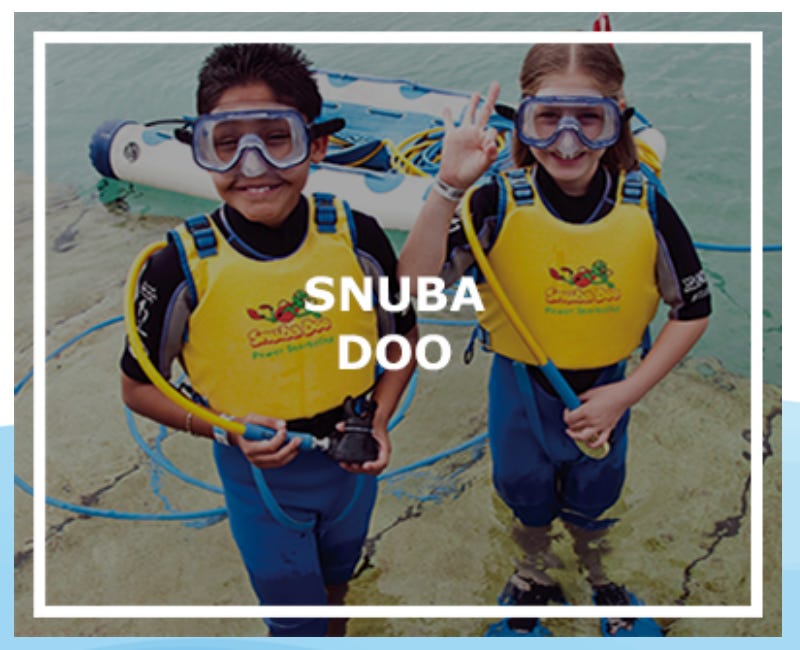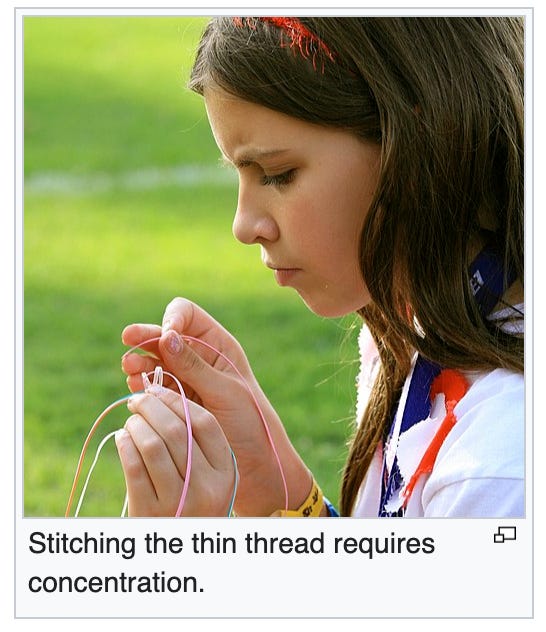Happy Friday! Today’s post is an 8-minute read
The year was 1969 and Scooby Doo’s creators were faced with an important question: should he be big and cowardly, or small and feisty?
Scooby’s creators chose the first option, but my creators (parents, the zeitgeist) chose both: I am equal parts feisty and cowardly, and somehow simultaneously big and small (above average height and medically underweight).
Okay, now that we’ve gotten the characteristically fun and snappy intro out of the way, are you ready to learn about child development? Me too.
PEEKABOO

I love peekaboo. And you know who else loves peekaboo? Babies.
I was talking to a baby the other day and I said, “peekaboo” and she responded with some unintelligible garble and excited laughter, but I interpreted it as something along the lines of, “Object permanence? Yes please, gimme some of that.”
Babies love peekaboo because it resembles the structure of a conversation – I say “peekaboo” and you (the baby) say whatever the hell you want. There are no rules for you in society. Savor this time. It will not last.
Per the BBC, babies also love peekaboo because it “uses the fundamental structure of all good jokes - surprise, balanced with expectation.” What I’m hearing here is that we’re teaching babies how to do improv. Is this a net good for the human race?
Exact estimates vary, but babies usually figure out the whole “object permanence” thing before their first birthday. Without a super firm grasp on the concept that objects continue to exist even when they’re out of sight, babies may commit what child development experts call “A-not-B errors.” The best way I can describe this is that they’re, like, 75% of the way to figuring out object permanence, but you should have a look yourself:
Also, here’s a baby completely failing at object permanence in case you’re curious what that looks like.
If you’re as obsessed as I am with watching babies learn how to do stuff, you’re gonna love this baby psychology rabbit hole I went down:
“So how do you really test if a baby is scared of heights?” “You could test babies at the edge of a real cliff”
Grey rock method but it’s used on an infant instead of a narcissist
gonna be honest, when she said “in the shape game, where do the blue trucks go?” i kinda had to think about it for a second. it momentarily broke my brain
SCUBA
“SCUBA,” in my opinion, is one of the most fun words to say. You know what’s less fun to say? “Laru.” That’s what early scuba (not to be confused with vintage scuba) was originally called – Lambertsen Amphibious Respiratory Unit, named for Major Christian Lambertsen, “father of the Frogmen.” Eventually, even Mr. Lambertsen figured out that his acronym sucked so he said “yeah let’s do scuba instead” and the rest is history.
You know what’s even more fun to say than scuba? Snuba.
Snuba, as the weird name vaguely implies, is a combination of snorkeling and scuba. It has advantages over scuba because you don’t need any certifications or prior diving experience – you just need to be eight years old and know how to swim and not panic in the ocean. Plus, instead of carrying a heavy air tank on your back, the tank floats on a raft that’s attached to you through a breathing hose.
Check out this awesome snuba video:
(My YouTube homepage is now exclusively snuba and baby experiments, I hope you’re happy.)
I’m gonna be honest, when I first started learning about snuba I thought it seemed kinda stupid, but after watching all these snuba videos I really wanna snuba.
Okay, so a lot of times when I share fun facts here, I’m genuinely unsure if I’m just stupid and I’m the only one who didn’t know a specific thing or if it’s an honest-to-goodness little-known fact. That being said, I’m gonna be vulnerable and share with you the following thing, my favorite scuba fact.
Light behaves differently in water than in air, okay? If you’re underwater without goggles, the light entering your eyes is refracted at a different angle than it is above water, and your pathetic terrestrial eyes are unable to focus. This leads to your vision being blurry and far-sighted underwater.
In fact, near-sighted people have better vision underwater without goggles than people with normal vision. You can think of the ocean as the world’s least practical prescription lenses. (This is not medical advice.)
But if you have an air pocket in front of your eyes while underwater, your vision is just fine. The light still travels through the water, yes, but it has to go through the air before it reaches your eyes, so no more blurriness.
This is the purpose that scuba masks serve (in addition to keeping water out of your eyes). The mask gives you an air pocket so you can see normally, although objects still appear about 34% bigger and 25% closer underwater.

Having fun yet? Here’s some even cooler stuff on how light behaves in water.
Water selectively absorbs different colors of light. Red, orange, and yellow light are absorbed more quickly than blue and green light. So, as scuba divers go deeper, their dive lights will gradually appear more and more blue.
This selective color absorption is also the reason water appears blue. It’s a common misconception that bodies of water are blue because they’re reflecting the color of the sky, and while this can be a contributing factor, it is not the main reason. See image below for a demonstration of this effect:

Think about it – even in indoor pools that are painted white on the bottom, the water appears blue, and the deeper they are, the bluer they get. Very cool demonstration of this effect:

I’m very out of my depth (scuba joke) talking about the science of light so I’m going to respectfully bow out at this point, but if there’s one thing you take away from this section, please just understand that the way light interacts with water is wild
Please check out this video for a very cool demonstration of color underwater. This video is awesome. If I saw more videos like this as a kid, I probably would have actually liked science instead of only paying attention when Bill Nye was on the screen. If you only click one link in this entire post, let it be this one.
Fast facts about scuba deaths!
A lot of people have died attempting to set the scuba depth record
I told my wife I was reading a report about scuba diving fatalities and she got very serious all of a sudden and said “don’t look up the dolphin incident” and I heeded her advice like the smart husband I am, so whatever “the dolphin incident” is, it will not be discussed here.
Diving fatality data published in Diving Medicine for Scuba Divers (2015)
86% were alone when they died (either diving solo or separated from their diving buddy)
80% were men
50% died on the surface
10% had been advised that they were medically unfit to dive
Cardiac causes are implicated in about 45% of scuba deaths in divers over 40 years old
Okay, we’re going to close out scuba with some less sad and actually very inspiring stuff.
Have you ever heard of scuba therapy? When I first read “scuba therapy” I laughed out loud because I imagined going to a therapist to tell them I’m sad and them saying, “have you tried scuba?” But that’s not what this is. Erase that image from your mind.
Scuba therapy can help people with physical and mental disabilities achieve feelings of liberty and autonomy while reducing their urge for control in life, granting them greater acceptance over things they cannot control. Additionally, scuba diving can help people with physical disabilities improve their self-perception.
Scuba therapy has been an effective treatment for military veterans battling PTSD, depression, anxiety, and other mental illnesses. The benefits for veterans are especially encouraging, as they are less likely than civilian populations to respond well to conventional PTSD treatments. This comes from a study in Disability and Rehabilitation titled “It didn't bring back the old me but helped me on the path to the new me.”
This stuff is really special – I’ll let the video speak for itself:
SCOBY
I’ll be the first to admit I forgot SCOBY stood for something (Symbiotic Culture Of Bacteria and Yeast) and that it was supposed to be capitalized. But guess what? I’m not gonna capitalize it. Don’t feel like it, sorry! I make the rules around here!
(Un?)popular opinion but I think scoby is kinda gross. I love like me some kombucha but scoby looks yucky. I don’t find it so repulsive that I have to avoid looking at it entirely, but it’s close. I can look at pictures of scoby but not while I’m eating or otherwise aiming to feel comfortable in my skin.
Case in point: “looks like a dead sea creature”

Did you know they’re trying to make clothes out of scoby? Also circuit boards? Anyone wanna carry around their scoby-powered laptop in their scoby-leather laptop bag?
Here’s a TED talk on scoby clothes presented by someone wearing a scoby jacket.
It’s an interesting idea because the production of scoby garments is very sustainable from an environmental standpoint, but the garments themselves are hardly sustainable at all, perhaps only lasting six months before they fall apart – “It just wants to break down like a fresh leaf becomes old and brittle.”
Did you know vinegar has a scoby? I did not. Although this feels less like “I just discovered this crazy unknown fact, did you guys know this?” and more like “can you believe this guy didn’t know about vinegar scoby?”
The technical term is vinegar’s mom mother of vinegar, but I’m making an executive decision and saying that vinegar scoby is acceptable too
SCOUBIDOU
So what is scoubidou anyway? This is scoubidou:
It’s a plastic thread-like material. Here’s a guy making a helicopter out of it! (not to scale, unable to fly, probably does not require pilot’s license)
Scoubidou was really big in the 1950s. But wasn’t everyone just starting to get TVs in the 1950s? They were tying plastic knots instead of watching TV? Wow, impressive, way to go, 1950s.
At first, children just used the plastic coating from electrical wires to make scoubidou crafts, because back then they didn’t wait around for toy manufacturers to make things for them – they just ripped wires out of walls and they liked it that way.
The name “scoubidou” comes from the same-named song by Sacha Distel, but surprisingly, the song did not inspire the name “Scooby-Doo.” That honor belongs to Frank Sinatra’s scat singing at the end of “Strangers in the Night.” (Or, at least, that’s what the CBS executives say.)
Before Frank Sinatra came along and saved American cartoons, Scooby-Doo was set to be named “Too Much” and was a large sheepdog instead of a Great Dane, so as not to resemble Marmaduke too closely. The show as a whole looked a heck of a lot different in the development phase, so feel free to check it out if you wanna learn more.
Back to scoubidou – legend has it that “one night a group of Distel's fans invaded his hotel room and presented him with an object made of electrical wire, which they christened a Scoubidou in his honour.” And – can I be honest? – how can you even call yourself a real fan if you haven’t invaded your favorite artist’s hotel room to give them electrical wire? Forget “name five albums” – why don’t you recreate five of their albums as an electrical wire mosaic?
Oh look, one school banned scoubidou in 2005. Why?
Oh, they were just protecting the pupils of their pupils. Got it.
SCRAPPY-DOO
This is all I have to share with regards to Scrappy Doo:
also…um……..
Goodnight to Scrappy and also to this post, because it is over now. Sweet dreams!
If you enjoyed this piece, consider tossing me a few bucks (I will spend it on snacks)














Okay, add another bucketful of interesting but probably useless facts to my almost overflowing brain. I'm 82. If that sucker ever overflows, it will most likely wipe out my neighborhood. Since I live in Florida, that might not be a bad thing. Keep them coming, Rabbit.
If we lived on a planet without water (or any other blue surfaces), would the sky be something other than blue? I assume so! Unless the air in the sky was able to reflect blue light from the sun.
ALSO, I selected "Ban Peekaboo" because I'm a Chaotic Evil person.
>:}